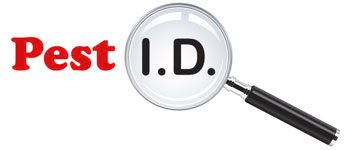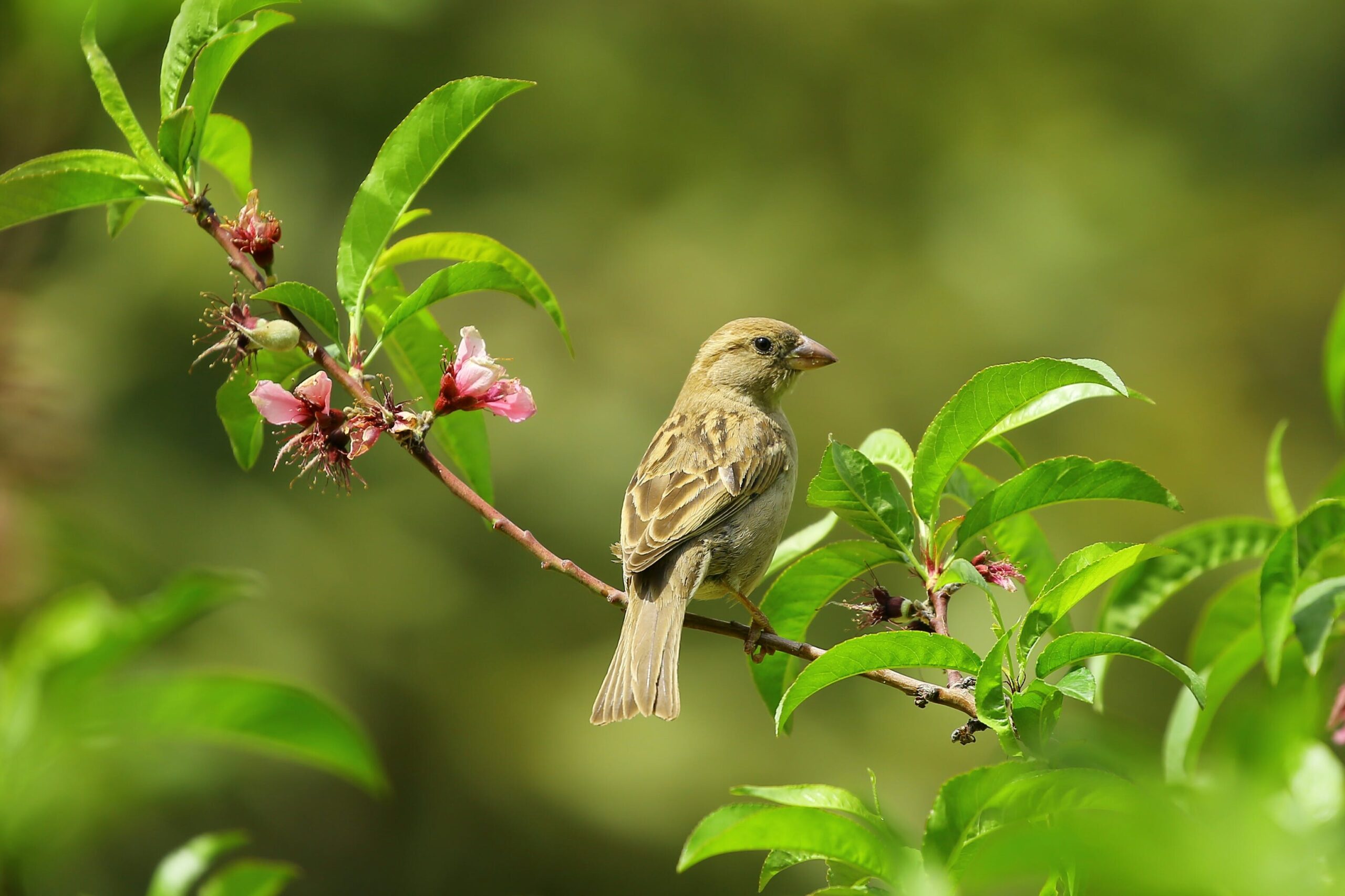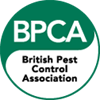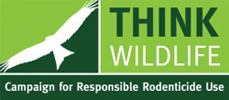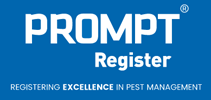Welcoming the delightful chatter of birds into your garden through bird feeding can be a rewarding and enjoyable pastime. However, the responsibility that comes with it should not be underestimated.
We all love to see wild birds coming into our gardens and we get a great deal of pleasure from feeding them, knowing that we are helping them to survive even the harshest winters. But when large numbers of starlings start gorging on the food, or – even worse – feral pigeons start bullying the feeding station, you can end up with as much food on the floor as on the bird table, which can cause many unwanted problems.
In this article, we’ll explore the significance of responsible bird feeding and offer practical advice, with a focus on the hazards to humans that can arise from negligence, and practical advice on incorporating catch trays and maintaining cleanliness.
The Human Hazards of Irresponsible Bird Feeding
Health Risks from Droppings:
While birds contribute to the charm of our surroundings, their droppings can pose health risks. Accumulated bird droppings, especially in areas where people gather, can carry diseases. Responsible bird feeding involves minimising this risk by using catch trays to prevent bird waste from accumulating on the ground.
In particular, feral pigeon guano can contain ornithosis, E coli., histoplasmosis, listeria and, if inhaled when dry, these bacterias can lead to respiratory issues such as cryptococcus fungus and psittacosis. Additionally, over half the population of ferals are infected with chlamydia psittaci, which can then be transmitted to humans. Therefore, if you touch the feeding station or when cleaning up, please make sure you wear gloves and wash your hands afterwards.
Slippery Surfaces:
Uneaten seeds and discarded food can turn into a slippery hazard, particularly on pathways and walkways. This poses a risk of slips and falls, especially during wet weather. By incorporating catch trays, you not only reduce the chances of spills but also make the environment safer for those who share the space with our feathered visitors.
The Crucial Role of Catch Trays
Preventing Seed-Related Accidents:
Birds can be messy eaters, and seeds scattered on the ground can become potential hazards. The presence of seeds may attract wildlife, creating unforeseen risks. Catch trays act as a safety net, preventing seeds from becoming tripping hazards and deterring unwanted visitors.
Minimising Pest Attraction:
Leftover food on the ground can attract pests like rats and insects. This not only poses a risk to the human inhabitants but also contributes to the spread of diseases. Utilising catch trays helps maintain a clean feeding area, reducing the likelihood of pest infestations.
Rats are also excellent climbers and are well versed in raiding most types of bird tables or feeding stations, so take particular care when deciding which model and design you have in your garden.
Rats in particular thrive in gardens that are feeding the birds high fat / high protein feeds. Once they have found a garden with an abundance of food, they will usually nest very close by and when the weather turns cold for the winter months, it’ll be the houses closest to these gardens that they will attempt to make their winter homes.
Maintaining a Safe Feeding Environment
Regular Clean-Up Routine:
Irresponsible bird feeding often stems from neglecting the importance of regular clean-ups. A routine cleaning schedule not only keeps the feeding area hygienic for birds but also eliminates potential hazards for humans.
Never brush up bird faeces dry. If you wet and dampen it down, you avoid breathing in the airborne particles – reducing the risk of respiratory diseases.
Educating Others:
A community-focused approach is essential in promoting responsible bird feeding. Share the importance of catch trays and cleanliness with neighbours and fellow bird enthusiasts to create a safer environment for everyone. This will also help prevent attracting rats to your neighbourhood.
Summary
Responsible bird feeding isn’t just about creating a haven for our feathered friends; it’s also about safeguarding our own well-being. By incorporating catch trays, maintaining a clean feeding area, and spreading awareness within our communities, we can strike a harmonious balance between enjoying the beauty of birds and ensuring a safe environment for humans.
